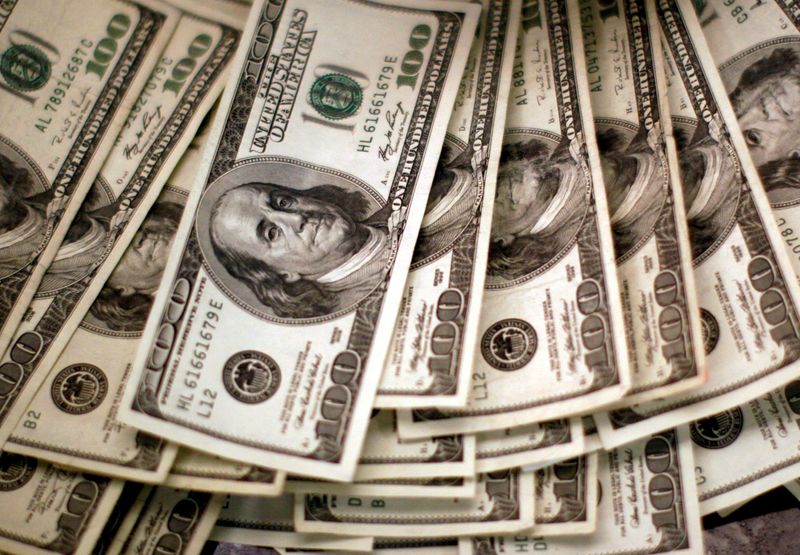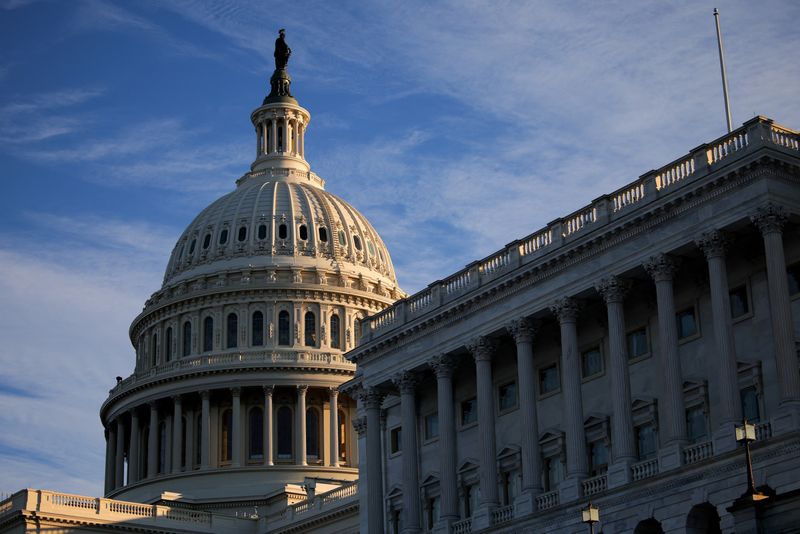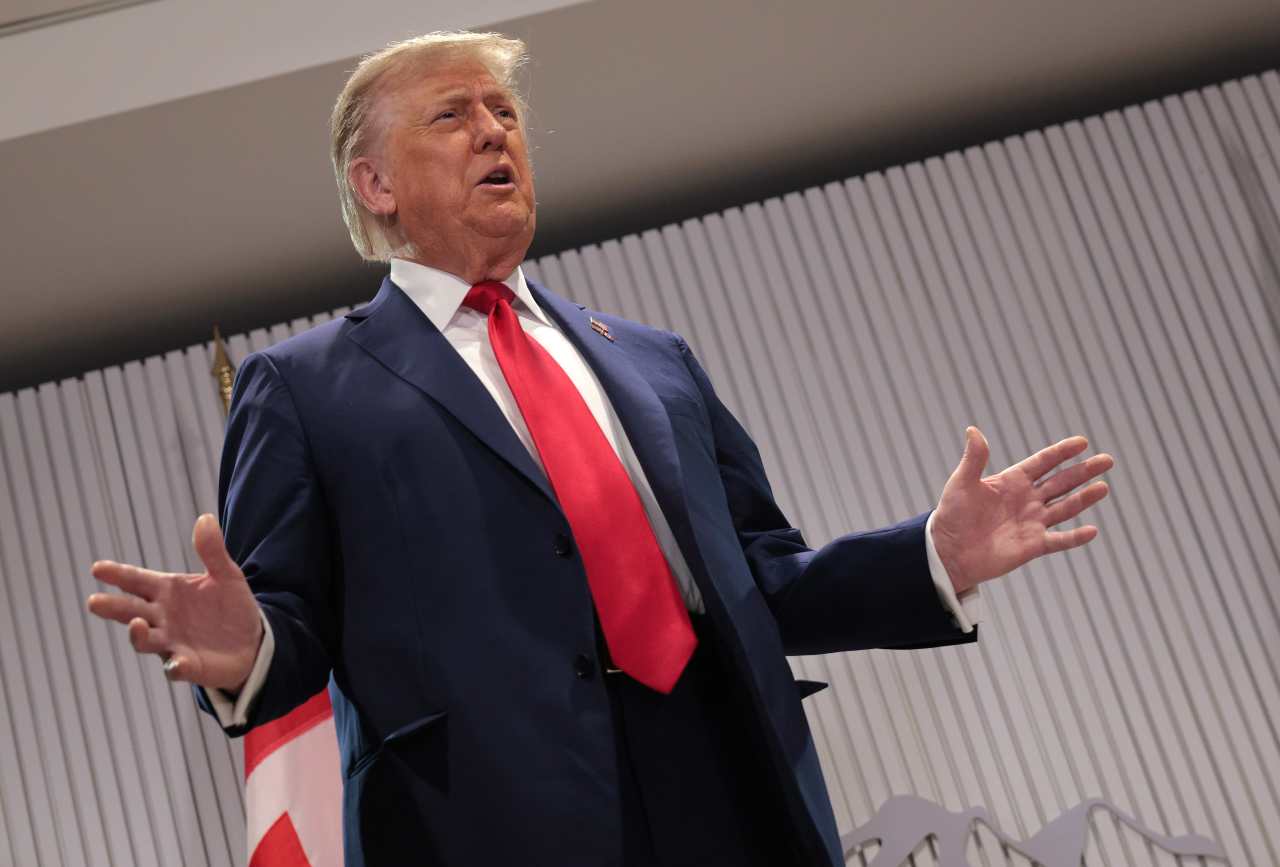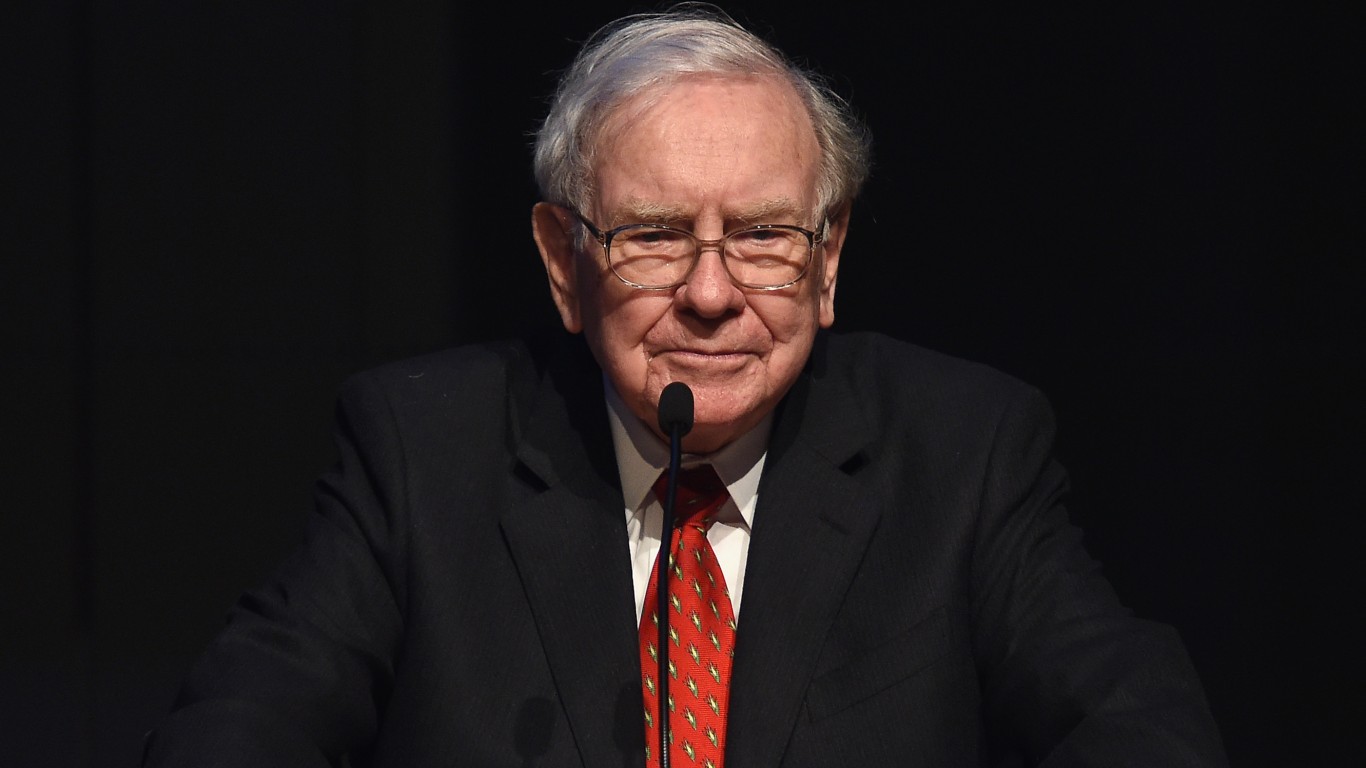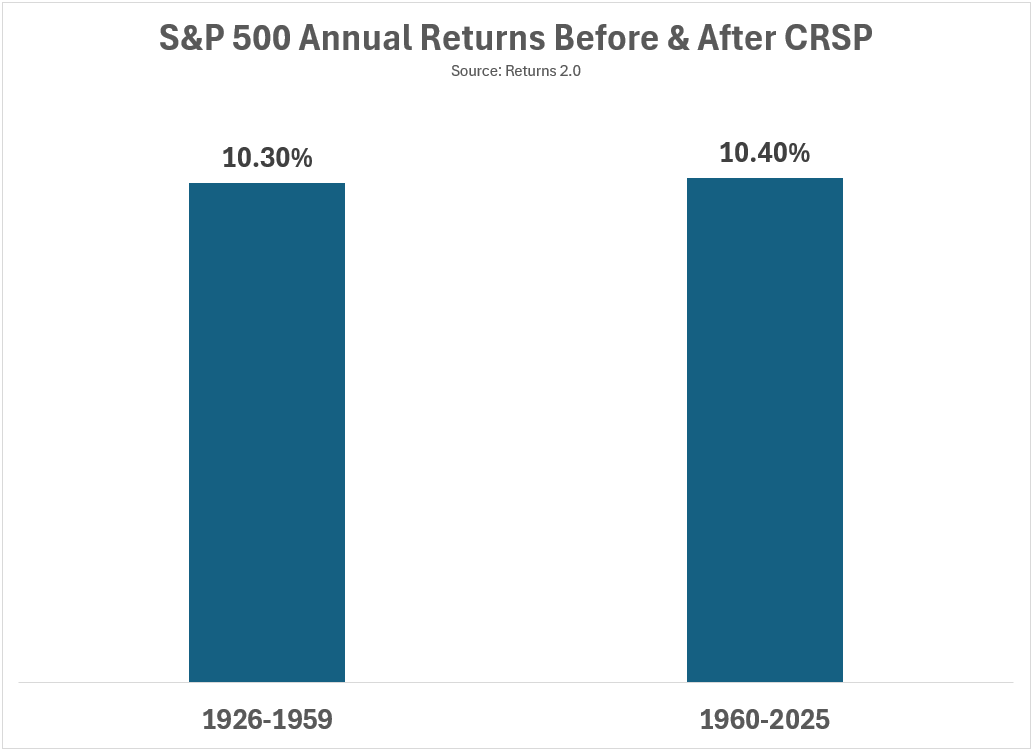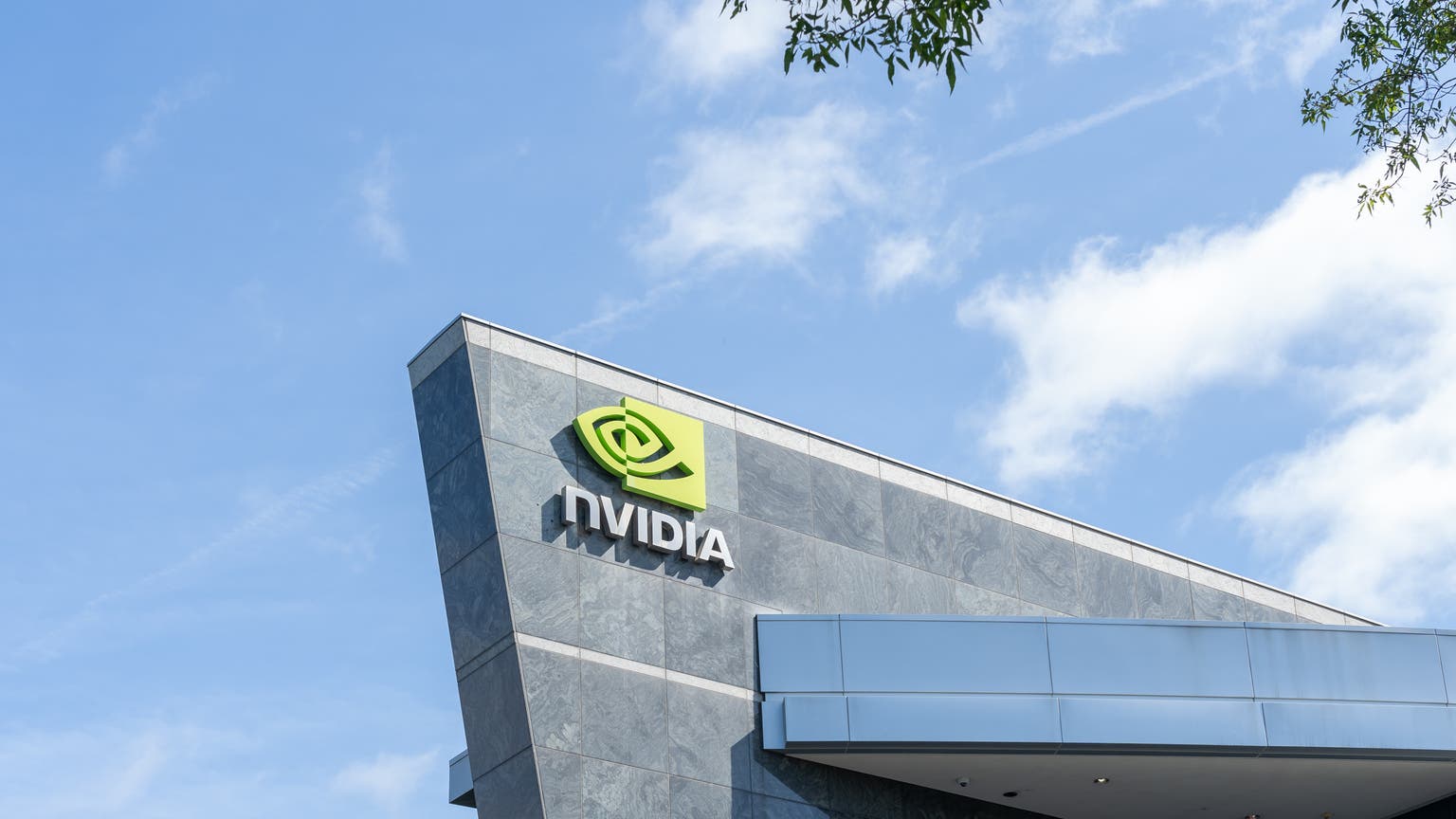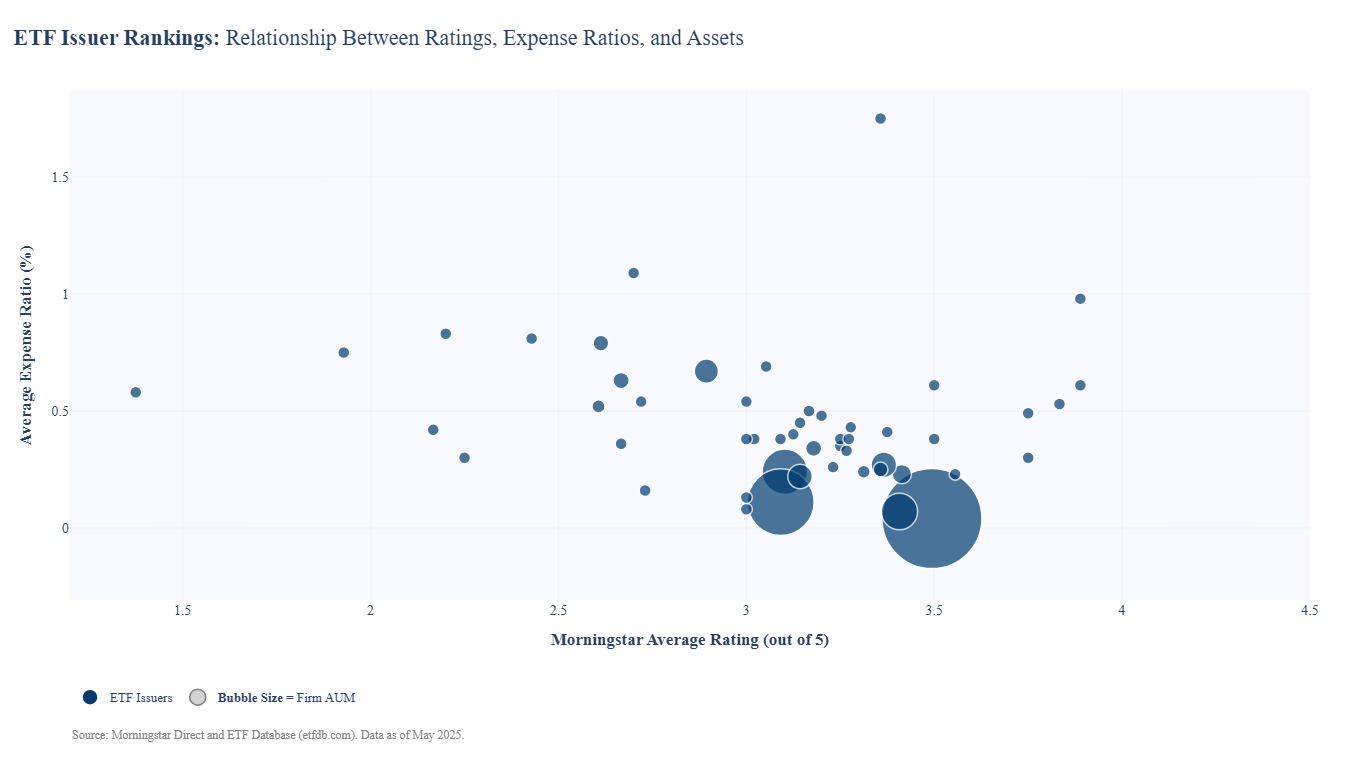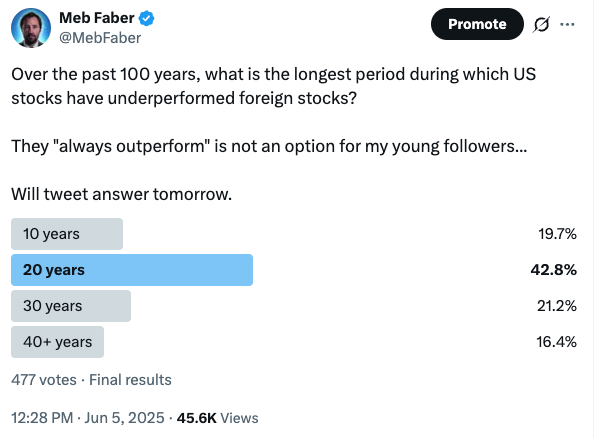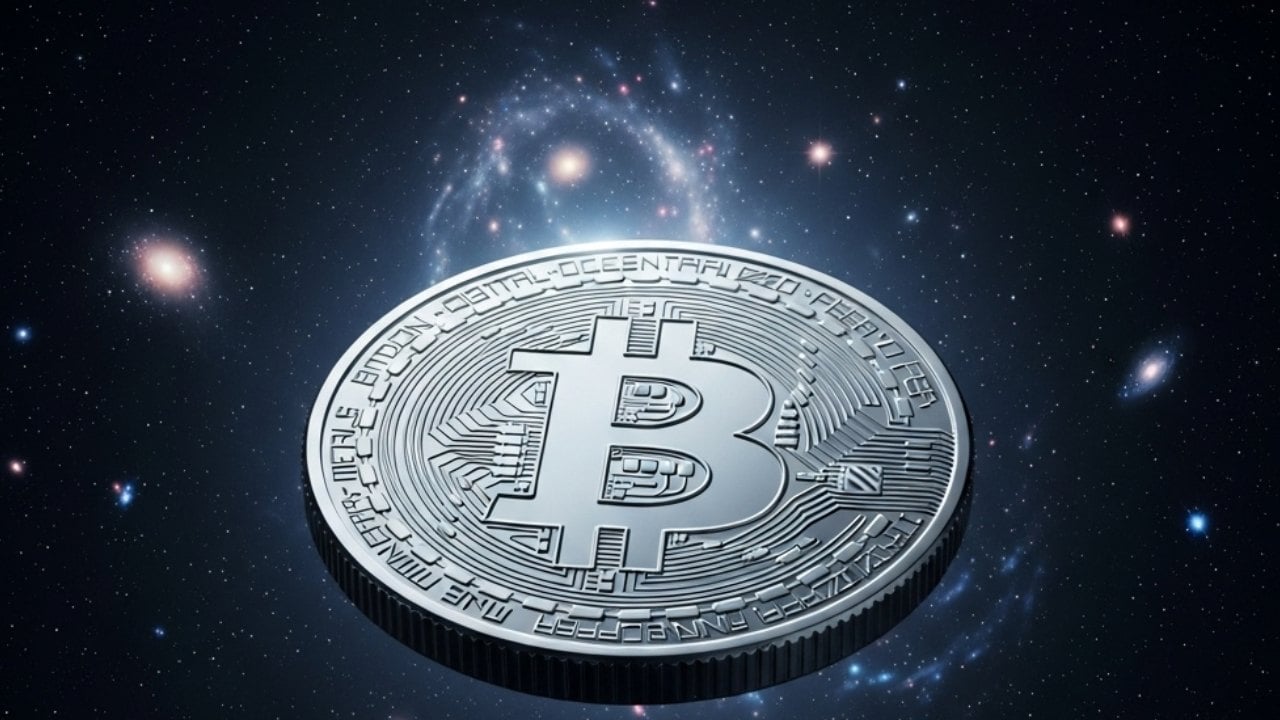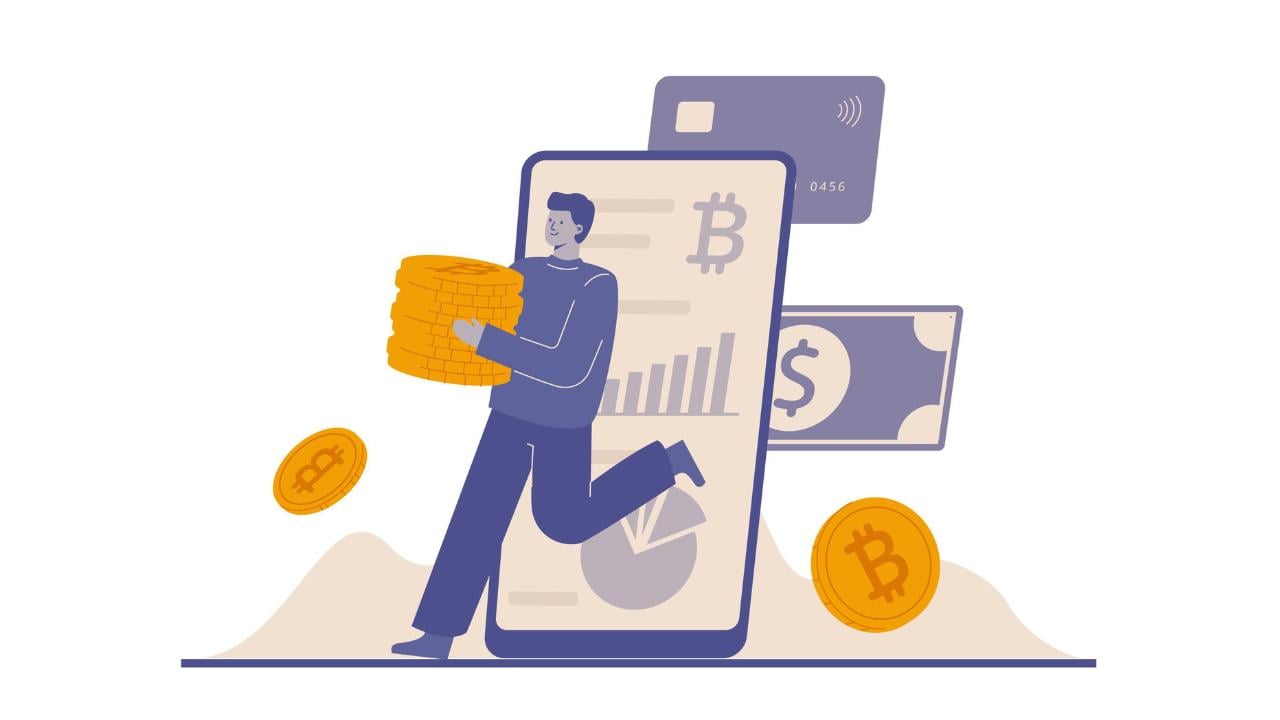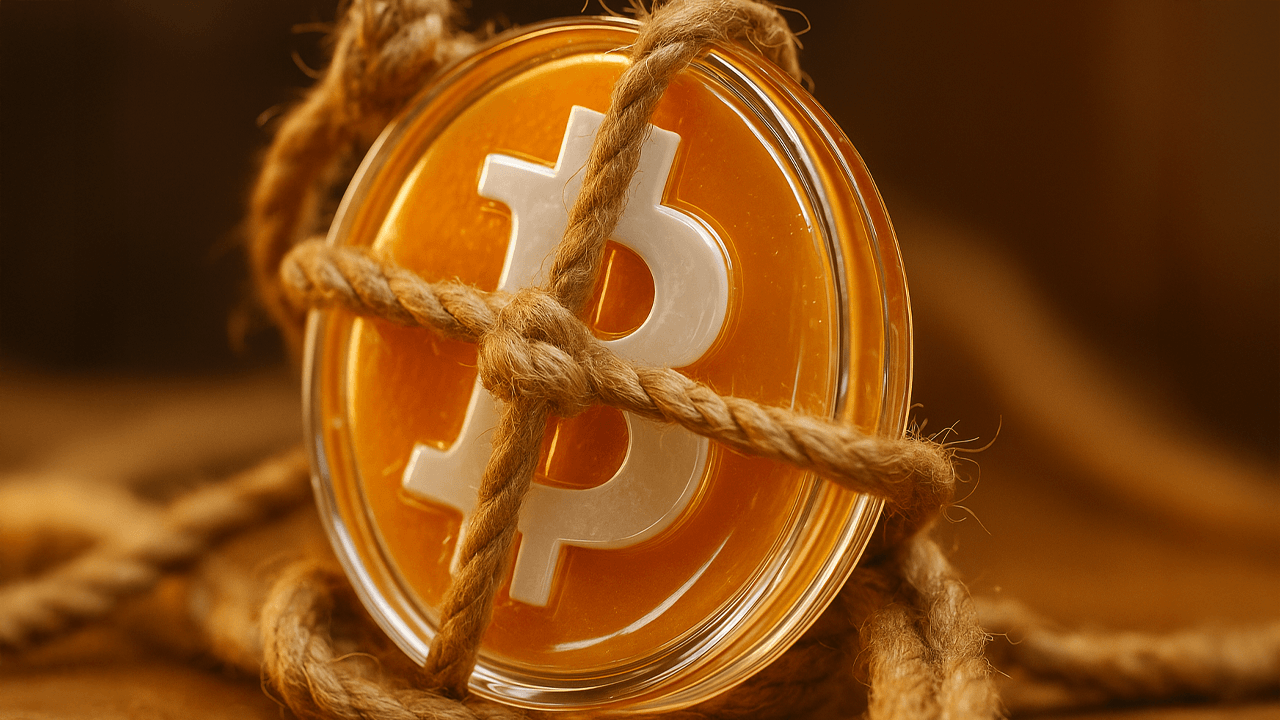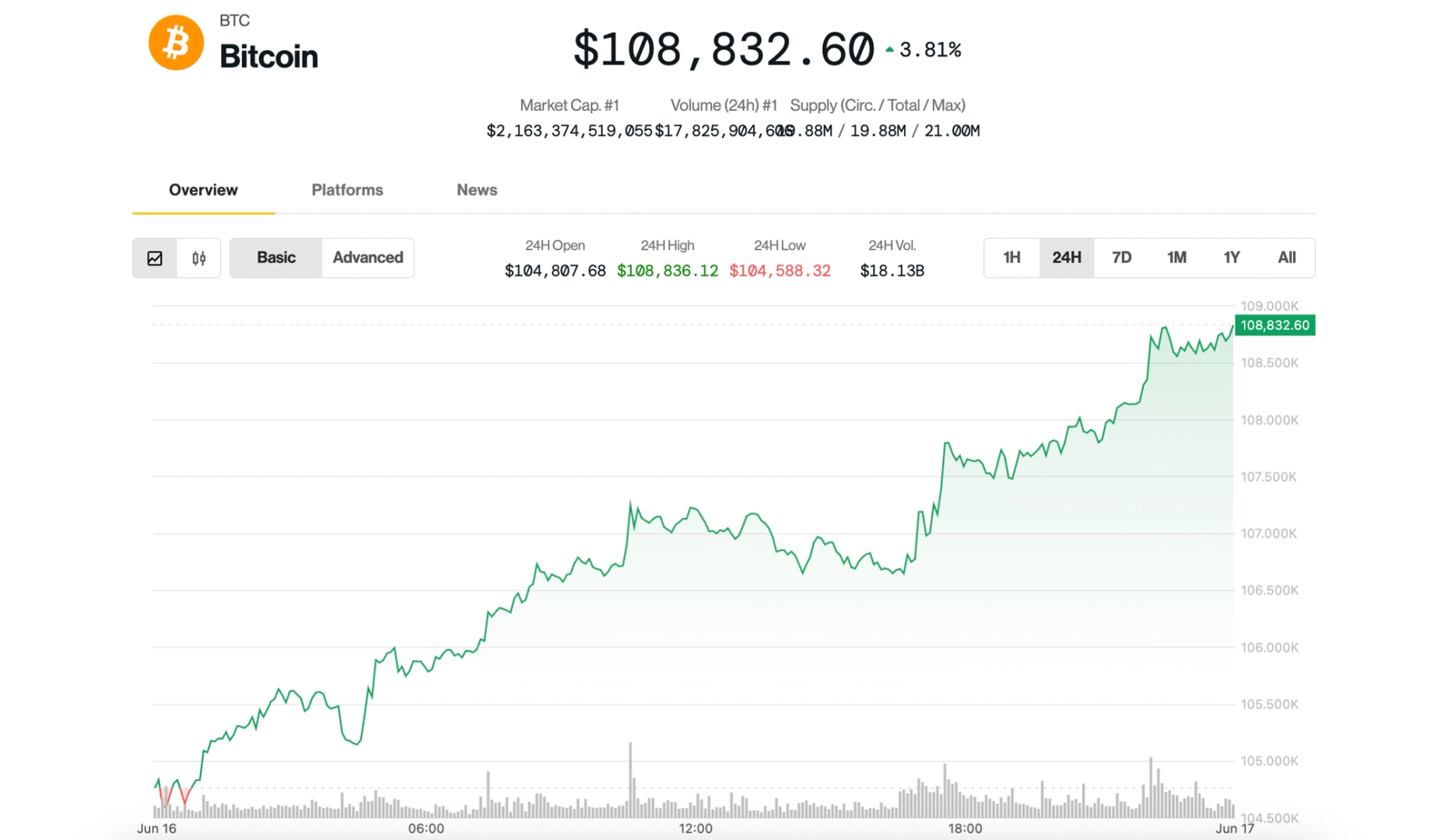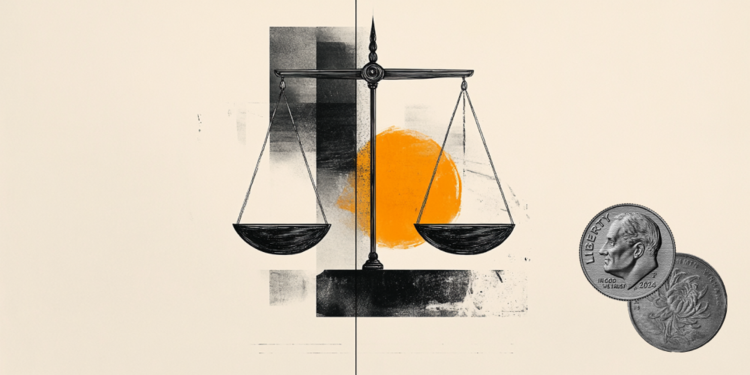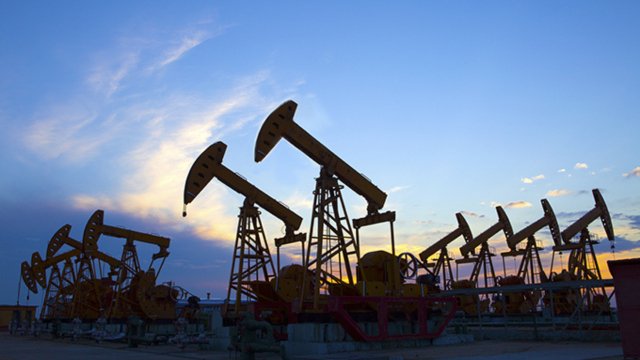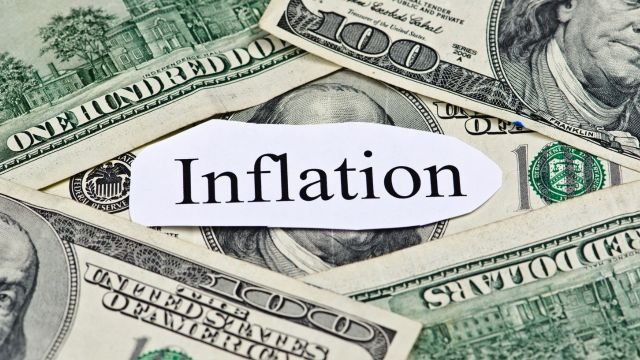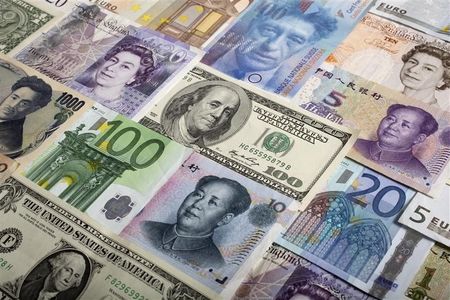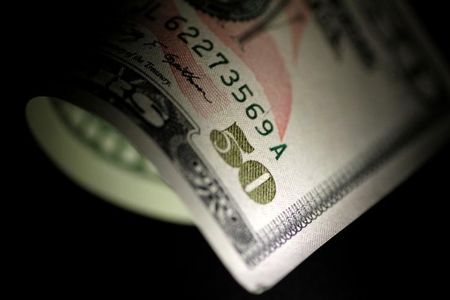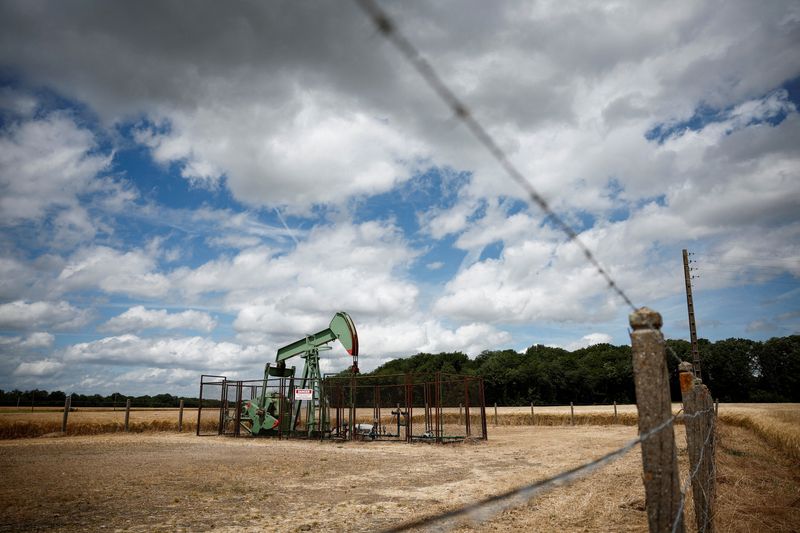What the Iran/Israel conflict means for U.S. energy prices going forward
The biggest key is that Israel has yet to touch Iran's oil-exporting facilities.

Crude oil prices, maybe surprisingly, dipped modestly on Monday after spiking at the end of last week, even as Iran and Israel continue firing missiles at each other with no easy end in sight.
The U.S. oil benchmark hovered around $71 per barrel on June 16—about where it started the year—but up roughly 9% from a week prior. The current price tag is considered a relatively healthy value—profitable for most oil producers without creating particularly high fuel prices.
So, even though Israel successfully targeted some of Iran’s oil and gas infrastructure over the weekend, oil markets have stayed relatively calm, and Iran, which is not in a position of strength, is reportedly signaling its interest in returning to nuclear negotiations with the U.S.
Why? Here are four takeaways:
Even though Israel bombed oil and gas facilities and fields, notably, none of Iran’s oil-exporting infrastructure was touched.
Israel struck Iran’s South Pars gas field, the Shahran fuel depot, and the Shahr Rey oil refinery, but all of these targets are for domestic fuel and power consumption, and not global exports. That contributed to a run on fuel and potential shortages within Iran, but it has much less impact on global oil markets and Iran’s roughly 1.5 million barrels per day of crude oil exports.
“Everybody is taking a hands-off approach to oil [exporting] infrastructure because it meaningfully complicates and escalates the situation,” said energy forecaster Dan Pickering, founder and chief and investment officer for Pickering Energy Partners consulting and research firm. “Israel doesn’t want to do that, and I don’t think Iran does either.”
On the other hand, Pickering told Fortune. “You’re one stray bomb away from a problem. If you get to a point where people stop acting rationally, things get crazy quickly.”
That’s why the range of outcomes is vast from $55 per barrel oil if things calm down—a low price that hurts the bottom lines of oil producers—up to $120 or so if war escalates and overall OPEC production is impacted, Pickering said.
Iran sits next to the Strait of Hormuz, and the exports through that relatively narrow body of water account for about 20 million barrels daily, or one-fifth of global consumption. Impacting those flows changes everything.
To be clear, oil at or above $120 per barrel is bad for almost everyone because skyrocketing fuel costs would trigger widespread demand destruction around the world.
Israel’s attack on Iran comes two months after Saudi Arabia-led OPEC and its allies surprisingly announced production increases.
The so-called OPEC+ group increased their monthly quotas, essentially aiming to grow production by more than 2 million barrels daily by the end of the year, and undoing years of self-imposed curtailments.
While the decision didn’t necessarily anticipate a conflict in Iran, the OPEC’s move did give President Trump more leverage in the U.S. nuclear negotiations with Iran.
“If anything in this situation could be called elegant, it is a relatively elegant set up when dealing with the risk of problems in the Middle East,” Pickering said of OPEC’s moves. “It looks like the return of production pretty closely mirrors Iran’s exports, and so it was probably more geared toward a reduction of exports [through sanctions] as opposed to a conflict.”
Kathleen Brooks, research director the the XTB brokerage house, highlighted how Trump wants to keep oil and fuel prices low, and that the White House could actually have a “calming effect” on markets.
“Instead, we think that U.S. involvement could see the [Israeli] attacks on Iran narrow to nuclear sites, after Israel said that it gathered intelligence that Iran had enough uranium to make nine atomic bombs,” Brooks added.
U.S. fuel prices will rise in the days ahead, but the spikes should prove modest and potentially short-lived if escalations are avoided.
However, the math is changed with any prolonged war.
“With Israel and Iran trading attacks, oil prices have surged to multi-month highs—setting the stage for additional price hikes at gas pumps across the country,” said Patrick De Haan, head of petroleum analysis at GasBuddy. “As long as tensions in the Middle East continue to escalate, the risk of further impacts on oil prices remains high.”
De Haan projects fuel prices could rise by 10 to 20 cents per gallon moving forward. “Motorists should prepare for what will likely be modest price increases—for now—but the situation has the potential to worsen at any moment.”
Thus far, the national average price of gasoline has risen 1.1 cents per gallon in the last week, averaging $3.08 per gallon as of the morning of June 16, according to GasBuddy. However, the national average is down 9.5 cents from a month ago and 32.7 cents lower than a year ago.
As Pickering said, “[Iran] is on the naughty list, but their sanctions haven’t been particularly aggressively applied because the world is so focused on oil prices and the impact on inflation and economies. The developed world has decided that cheap gasoline prices are better than truly punishing bad actors.”
The higher-for-now oil prices are unlikely to trigger any changes in the actions of U.S. oil and gas producers.
U.S. oil drillers were showing restraint and capital discipline—and not the ‘drill, baby, drill’ mentality—last year even when prices were a bit higher than today.
“The volatility is dramatic, OPEC is adding supply, and it’s not a given that Iran is going to reduce supply,” Pickering said. “So, why step up and spend capital speculatively when we could wake up in a month and oil is back to $55?”
So, how should everything in the Middle East be viewed from the energy perspective?
“This is a conflict that could have meaningful impacts, so people should be paying attention,” Pickering concluded. “Right now, it looks like an inconvenience with a potentially temporary price spike. It could become much worse, so pay attention and cross your fingers it doesn’t escalate.”
This story was originally featured on Fortune.com
